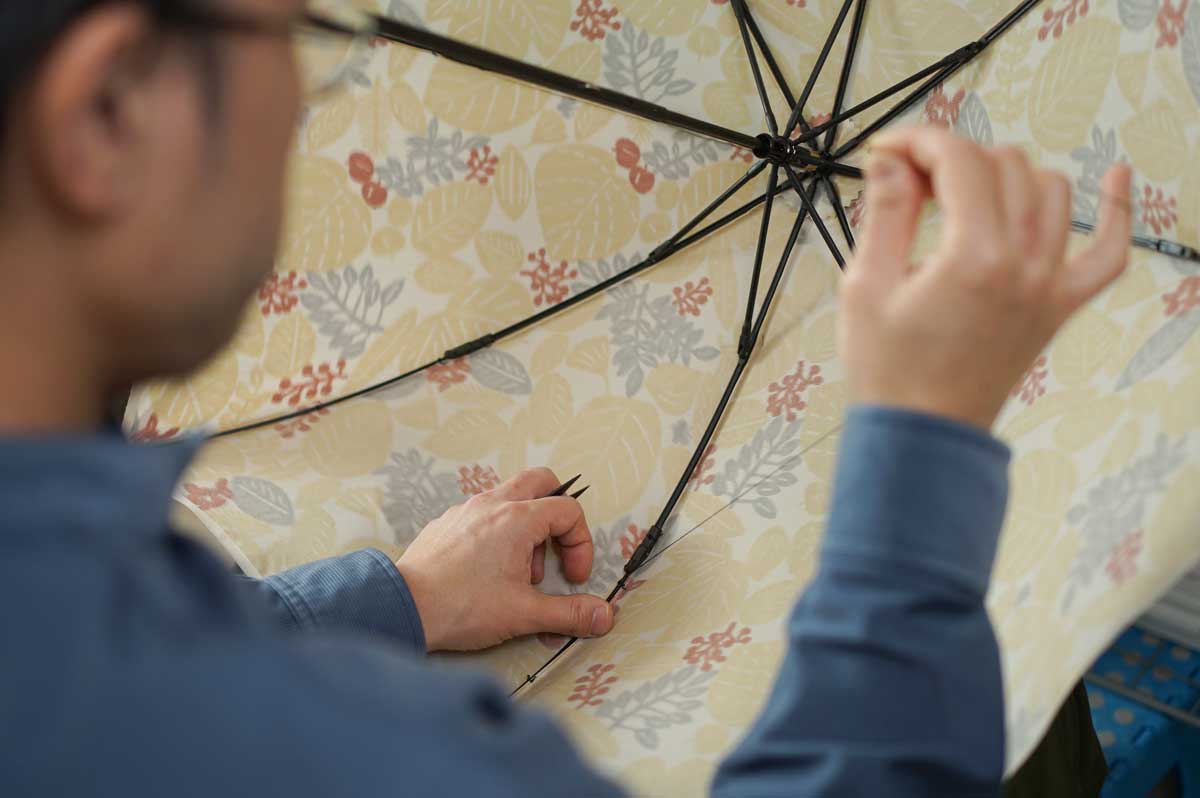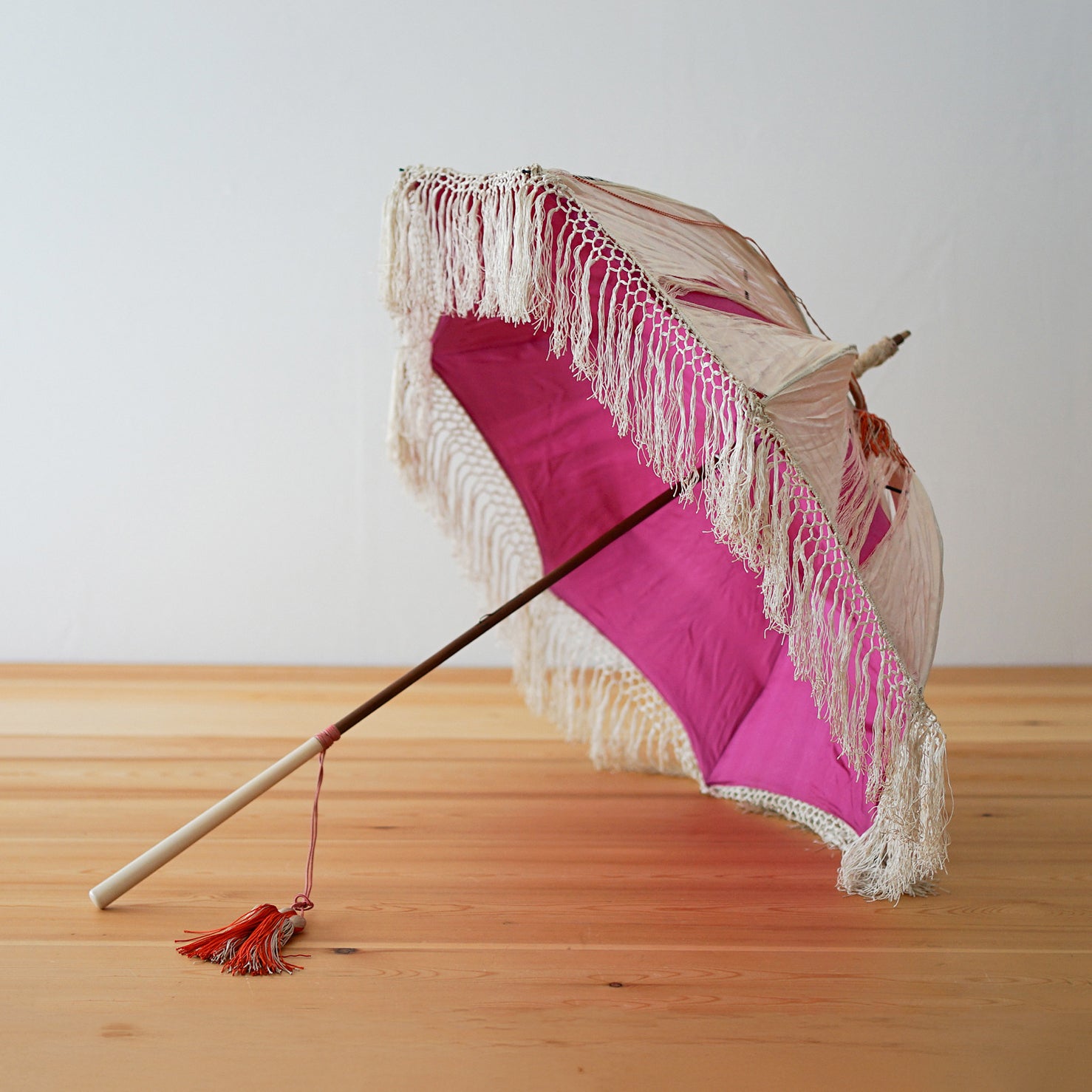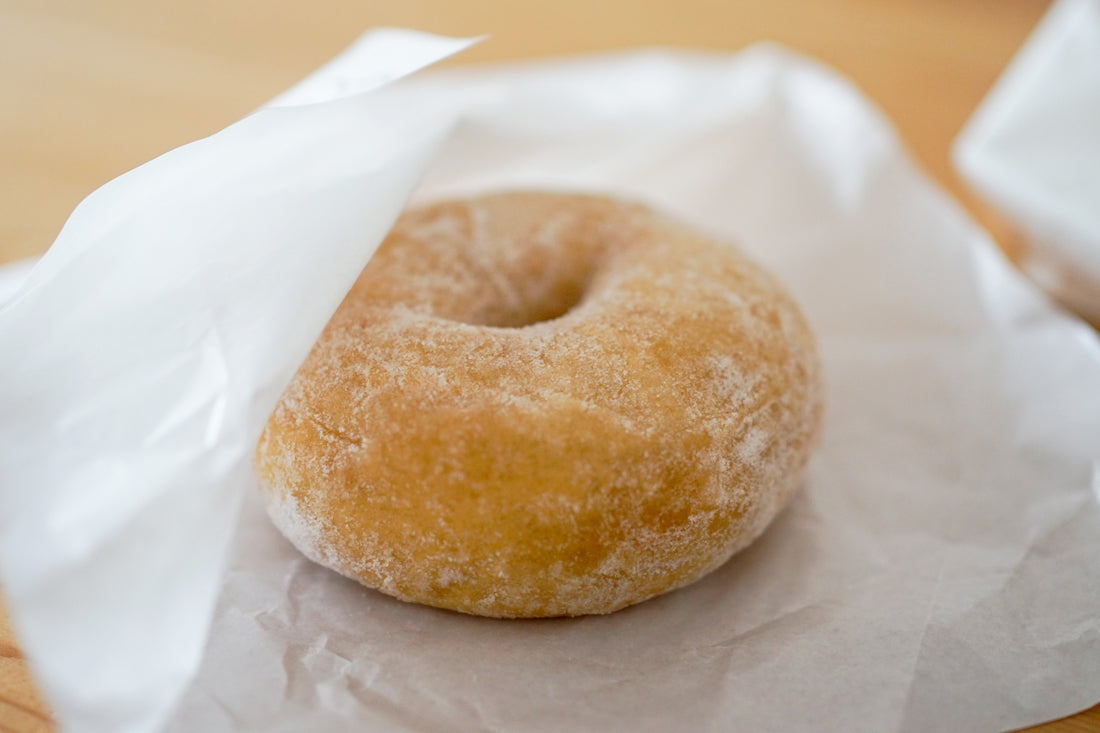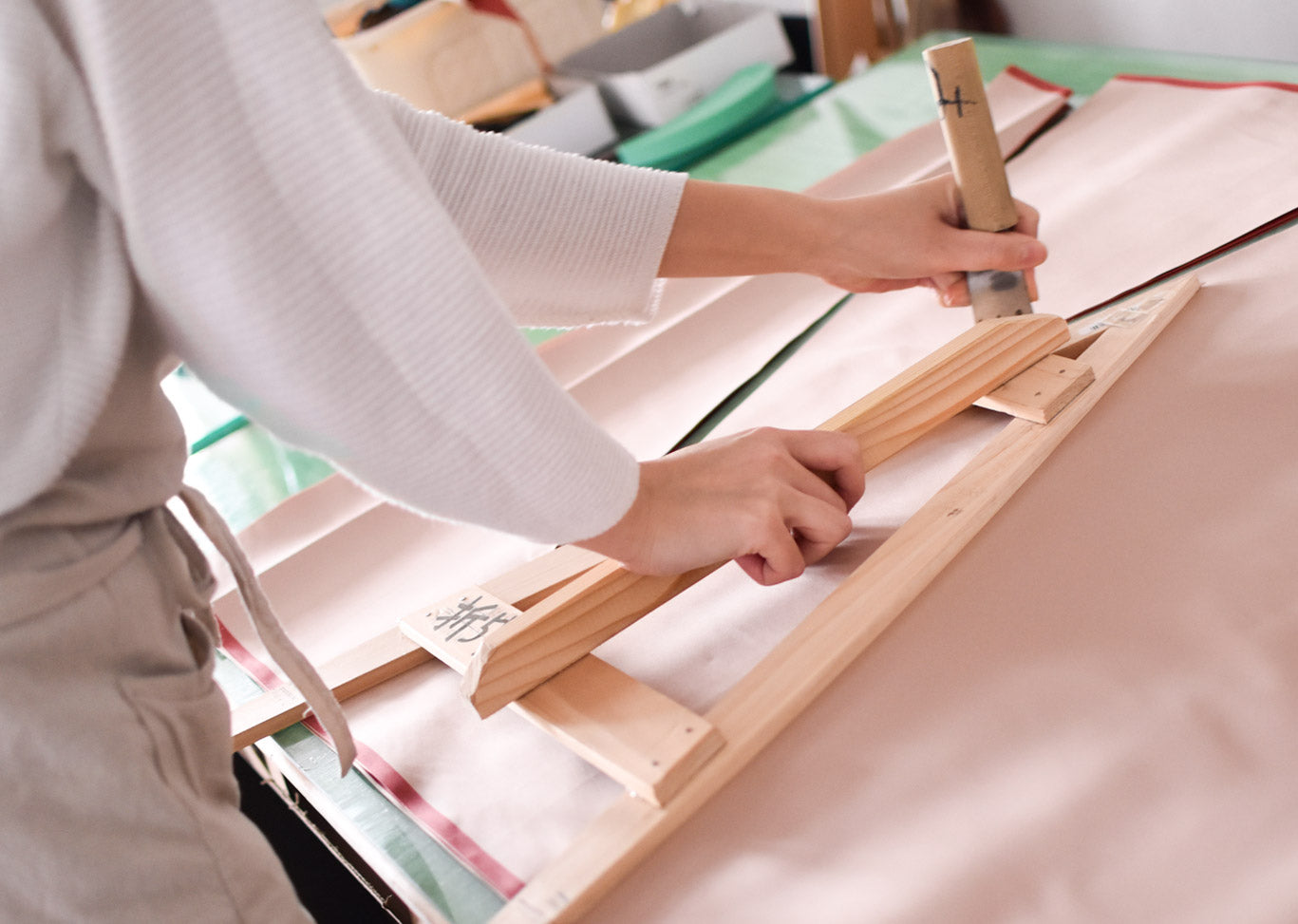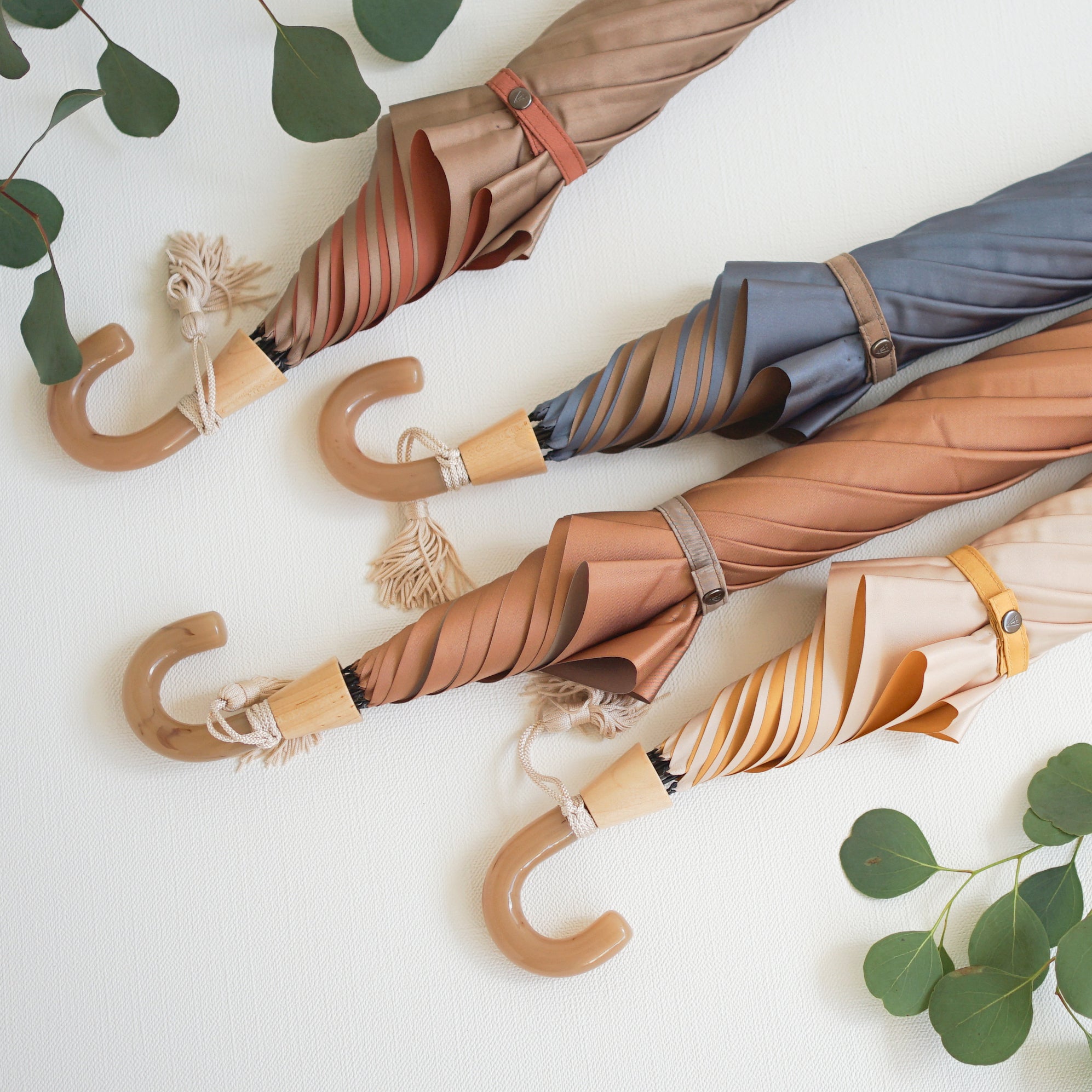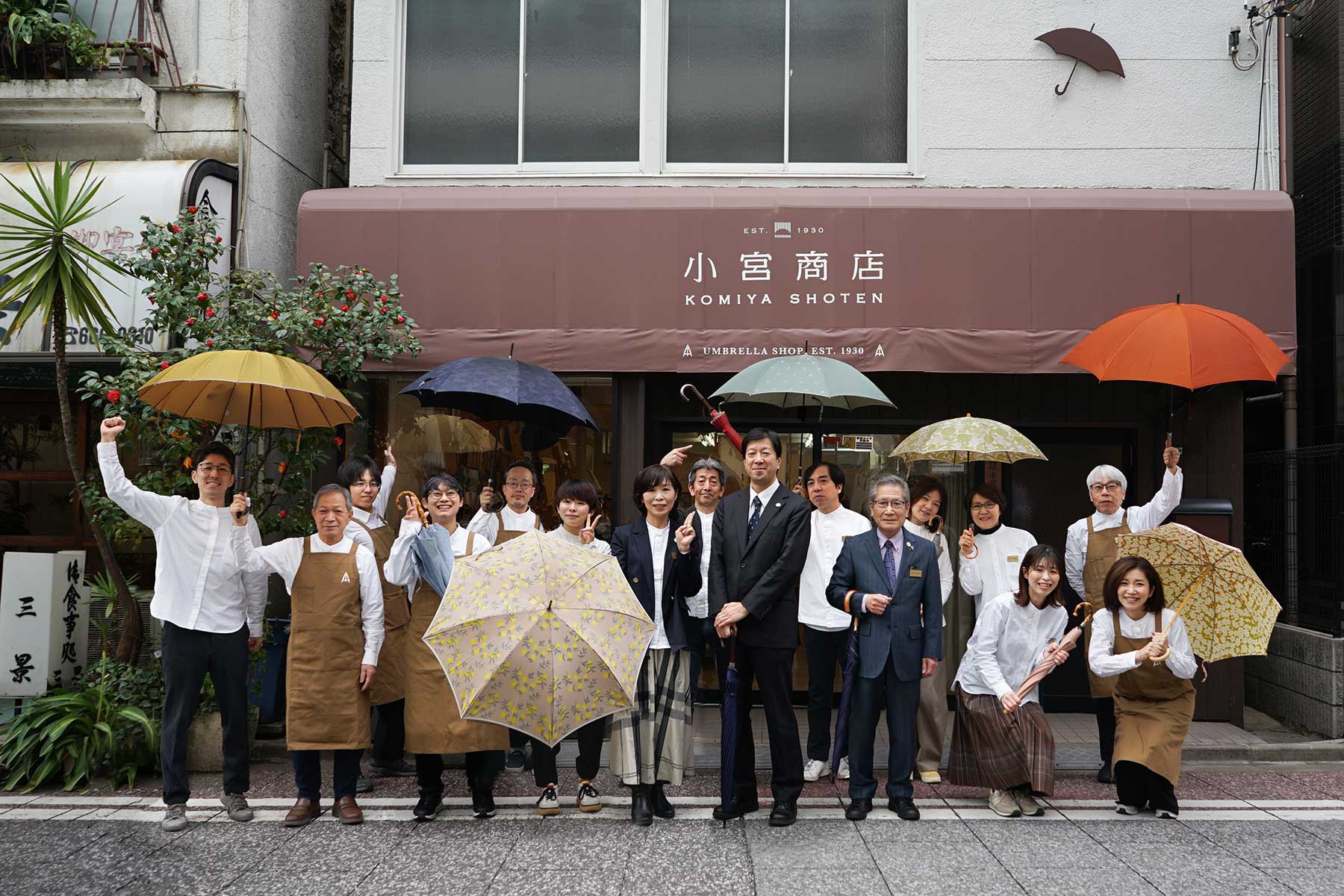Awakened by the Meiji Restoration and betting on making Western-style umbrellas made entirely in Japan
This time, let's start with the late Edo period.
At that time, Sakamoto Shoten developed the face powder brand "Senjoko" and, with a strategy of placing a large amount of advertising in ukiyo-e prints and publications, captivated the women of Edo and made it the most popular cosmetic product.
However, as the era changed to the Meiji period and Westernization progressed, popularity of face powder declined. Feeling a sense of crisis, the fifth head of the family, Mr. Sakamoto, woke up from his dream of national isolation and made a bold change in direction.
They were one of the first companies to adopt and sell imported Western umbrellas, a symbolic product of the modernization movement, and at the same time, they also made great strides in producing umbrellas made in Japan.
In 1872, he immediately began disassembling imported Western-style umbrellas and preparing the parts.
For the essential fabric, he turned his attention to a type of silk fabric called "Kaiki," a type of Koshu weaving with a 400-year history. By improving the Koshu silk into umbrella fabric and combining it with other components, he created the first Japanese-made Western-style umbrella in Japan.
Subsequently, in order to meet increasing demand, the techniques were refined and the Japanese-made umbrellas made by Sakamoto Shoten evolved to a quality that was not inferior to imported goods.
In 1887, the sixth generation Sakamoto Tomosachi, who succeeded his predecessor, undertook a five-year training in Paris, France.
After studying the latest manufacturing methods and trends, he returned to Japan and devoted himself to the development of Western-style umbrellas. In 1890, it became possible to perform quenching to increase the strength of the steel frame in domestic factories, and about 130 years ago, "100% domestic production" of Western-style umbrellas, including the frame, was finally realized.
Kai Province, which went from being a barren wasteland to being a famous producer of Western umbrella fabrics
There is also a story behind the Kai silk that Sakamoto used for the fabric of his umbrellas. Kai silk is said to have its roots in silk fabric imported from India before the Keicho era (1596-1615).
Initially written as "Umi-ki," "Kai-oh," or "Kaiki" (all pronounced "Kaiki"), it had spread throughout Japan by around 1630, and reached the Kai district (present-day Yamanashi Prefecture).
At that time, the land of Kai Province was poor and poorly cultivated, a wasteland. However, the mulberry trees thrived, and this was a ray of hope.
Needless to say, mulberry leaves are a favorite food of silkworms, and the sericulture industry developed. With an abundance of high-quality silk thread and blessed with water quality that determines the quality of textiles, the area became a major silk textile production center.
Kai silk fabric was called "Gunnai Umiki" and in 1875 it began to be described as "sea silk."
Then, around 1877, "Umi" was replaced with "Kai," a place name that is pronounced the same way, and the name "Kai Silk" came to be used at that time.
Nowadays, not only silk but also materials such as polyester are woven, and the tradition of Yamanashi textiles is carried on as "Koshu weaving."


